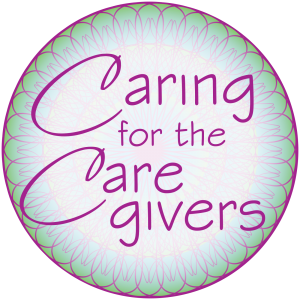 Making a decision between your family and your work is never an easy task, especially when, which is more important changes with the circumstances. How can you determine when being with your family is most important? When going to work and supporting your clients is most important? In this episode Indrani, Amy, and Jeremie discuss tools you can use to make important decisions between your family and your work.
Making a decision between your family and your work is never an easy task, especially when, which is more important changes with the circumstances. How can you determine when being with your family is most important? When going to work and supporting your clients is most important? In this episode Indrani, Amy, and Jeremie discuss tools you can use to make important decisions between your family and your work.
[powerpress channel=”caregiverpodcast”]
Episode Time Codes
00:00 Introduction
01:20 Scenario
02:12 Jeremie – Accommodate, Avoid, Attack – How we say NO without saying NO
09:25 Discussion
17:00 Indrani – Your unreasonable “perfect should list”
23:10 Discussion
25:50 Amy – Contradictions between your different roles leading to shame
30:38 Discussion
39:00 Conclusion
40:36 Outro
